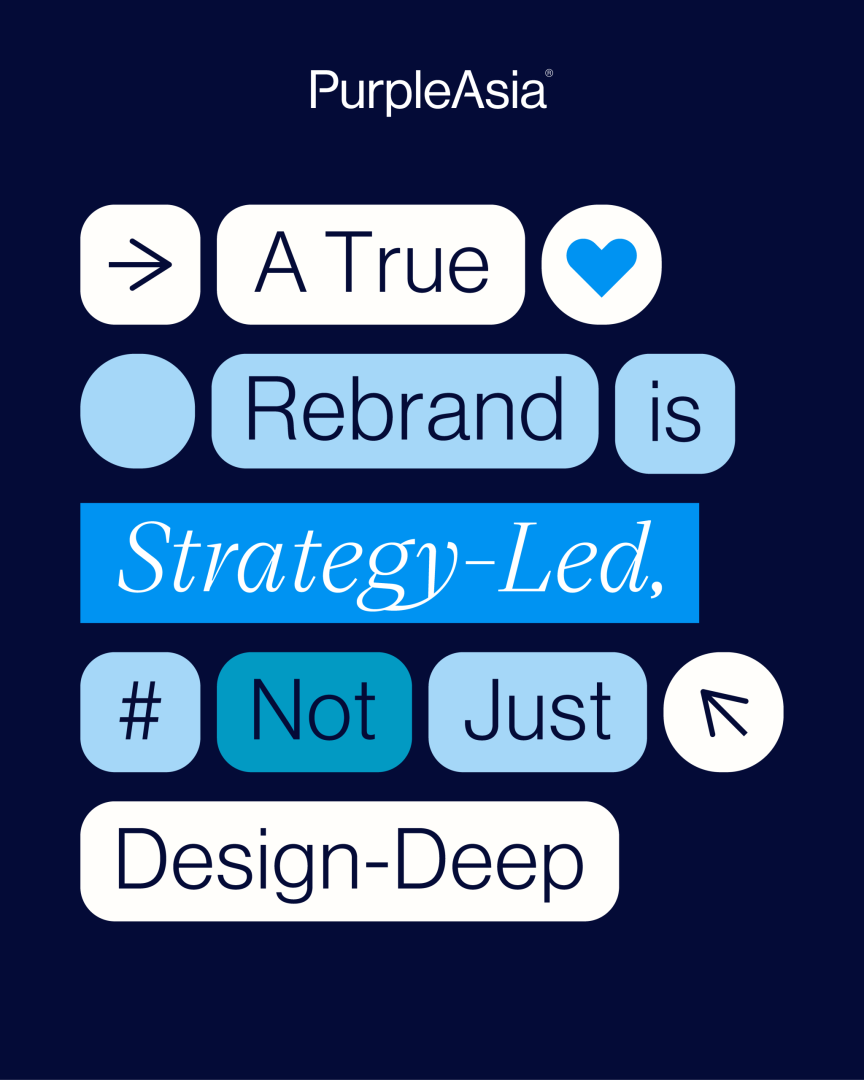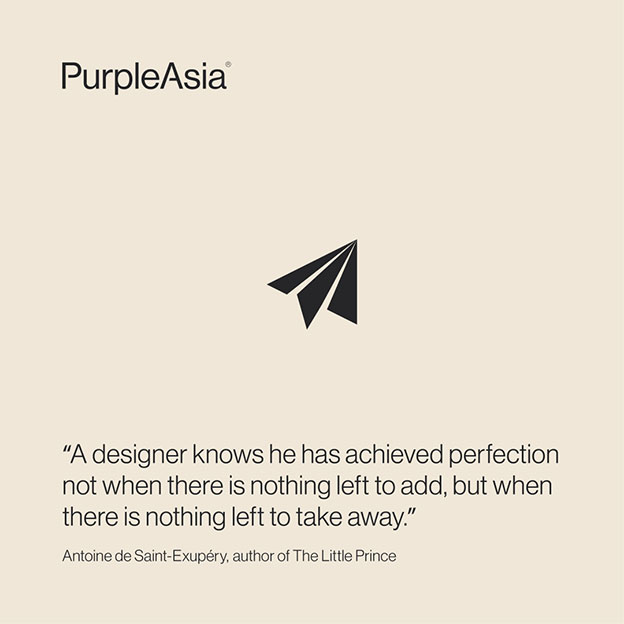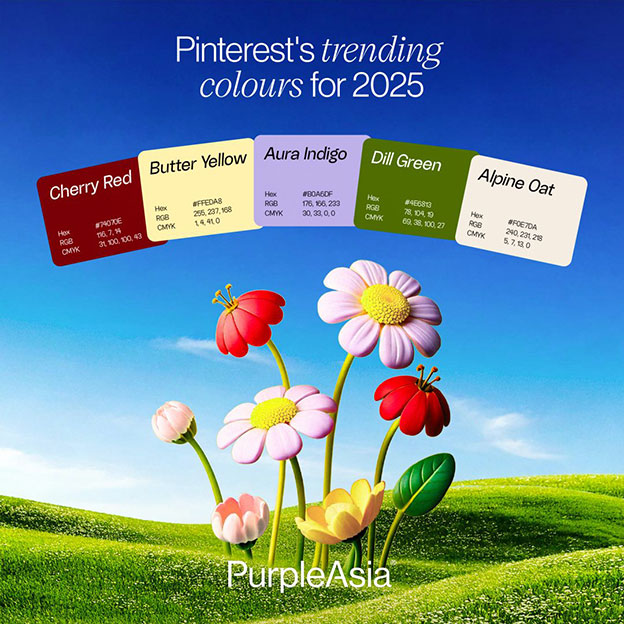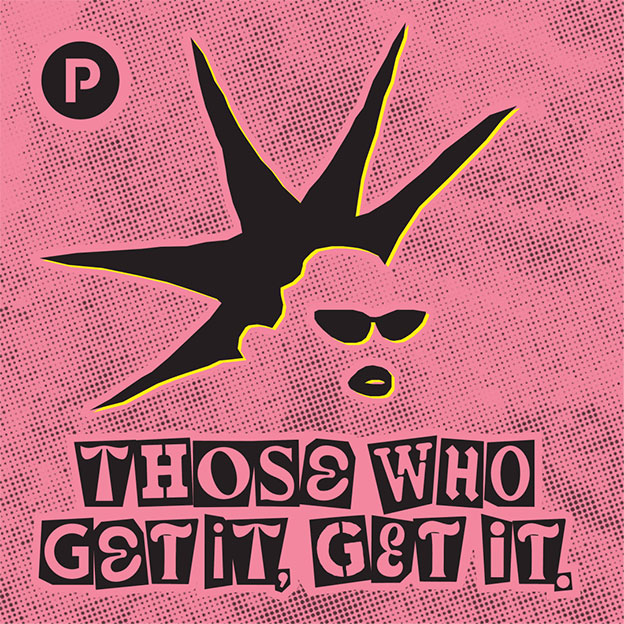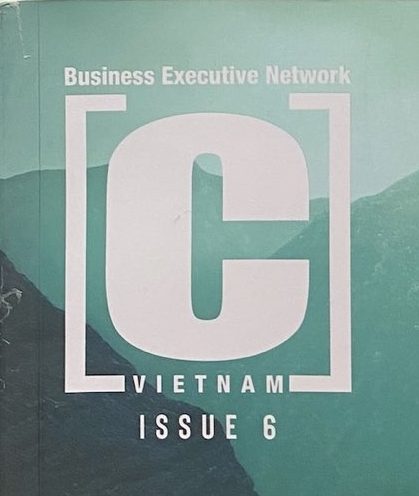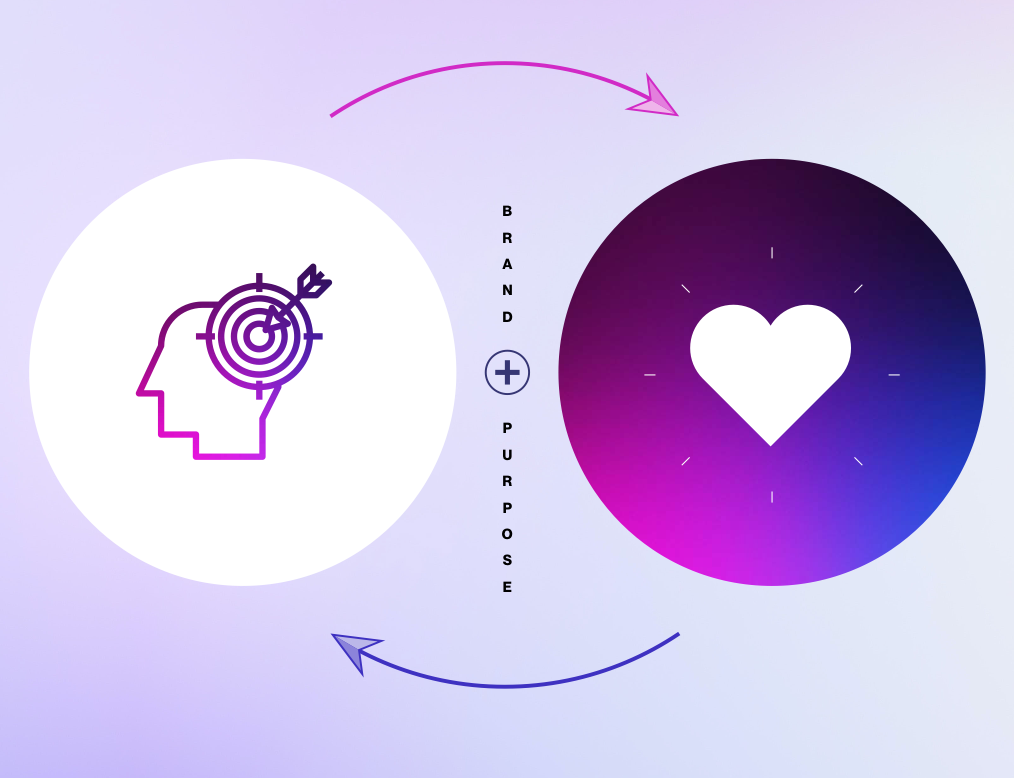In the ever-evolving design landscape, Artificial Intelligence is rewriting the rules of creation. Today, designers find themselves tumbling down a metaphorical rabbit hole of opportunity and dilemma. As we fall, the familiar boundaries of creativity, abstraction, and innovation expand with every twist and turn, opening a world where algorithms and prompts become powerful collaborators. But as AI’s role in design grows, a crucial question arises: who truly owns the work?
With tools like Midjourney, we’ve entered an era where generating artwork through a few well-chosen prompts is becoming commonplace. The appeal is clear: endless possibilities and inspiration at your fingertips. It can provide creatives with the instant gratification of creating something new, much like taking a photo—with one click, you have something that didn’t exist before. However, when it comes to intellectual property, the ownership of these AI-generated works exists in a hazy legal terrain. While platforms like Midjourney claim that ‘you, the prompter’ own the artwork, this ownership doesn’t carry the traditional weight of copyright protection. You can possess and use the digital file however you wish, but you can’t claim exclusive rights.
Brands seek ownership, something uniquely theirs to defend and build upon. When they commission design work, they expect to receive exclusive assets. But with AI in the mix, it’s uncertain whether these creations can be legally protected from use by others. The fine line between ‘owning’ and ‘ownable’ becomes a brand identity paradox that demands careful consideration as AI reshapes the design industry.
A landmark case in New York City recently addressed these ambiguities. Kris Kashtanova, a New York-based artist, became the first to receive a registered copyright for an AI-generated artwork—a graphic novel titled Zarya of the Dawn, created using Midjourney.
“I got copyright from the Copyright Office of the USA on my AI-generated graphic novel,” Kashtanova shared. “I was transparent about how it was made, and I put Midjourney on the cover page.” By clarifying the process behind the work, Kashtanova made a compelling case that AI creators should hold copyright when they transform a concept into a cohesive, authored piece.
Though AI-generated art has likely been registered with the U.S. Copyright Office before, this case appears to be the first where latent diffusion models were publicly acknowledged. Kashtanova’s achievement brings us closer to defining ownership for a design that marries human intention with machine output.
While this case signals a step forward, it also exposes deep fissures in the foundation of AI-generated art. The underlying models powering tools like Midjourney, DALLE, and Nightcafe are trained on vast datasets of imagery scraped from the internet and stock photo platforms, often without permission from original artists and photographers. Many creatives argue that these AI platforms violate their copyrights by building on their work without compensation. This tension has already prompted Getty Images to cease accepting submissions of AI-generated art, citing “open questions with respect to the copyright of outputs” and “unaddressed rights issues with the underlying imagery and metadata.”
In the spirit of Halloween, we explored these complexities through our own AI-generated image. There are two ways to interpret how this image came to life. One could argue that it simply depicts a levitating girl in a haunted landscape, seemingly possessed by a demonic force. The style and lighting were meticulously crafted through art-directed prompts to align with our creative vision. Alternatively, this image draws inspiration from a mix of sources: the enchanting tale of Disney’s Alice in Wonderland, the immersive light installations of James Turrell, and the chilling narrative of William Peter Blatty’s The Exorcist.
As we navigate this wonderland of AI-assisted creativity, perhaps the question isn’t simply who owns what, but how we can harness these tools responsibly while protecting innovation and artistic integrity. The future of design may not lie in choosing between human creativity and artificial intelligence, but in mastering the art of collaboration between the two. For now, we continue exploring this fascinating territory, writing its rules as we go, and ensuring that the magic of creation—whether human, machine, or hybrid—enhances rather than diminishes the world of design.
[Image credit: Made in Midjourney –ar 3:2 –v 6]









